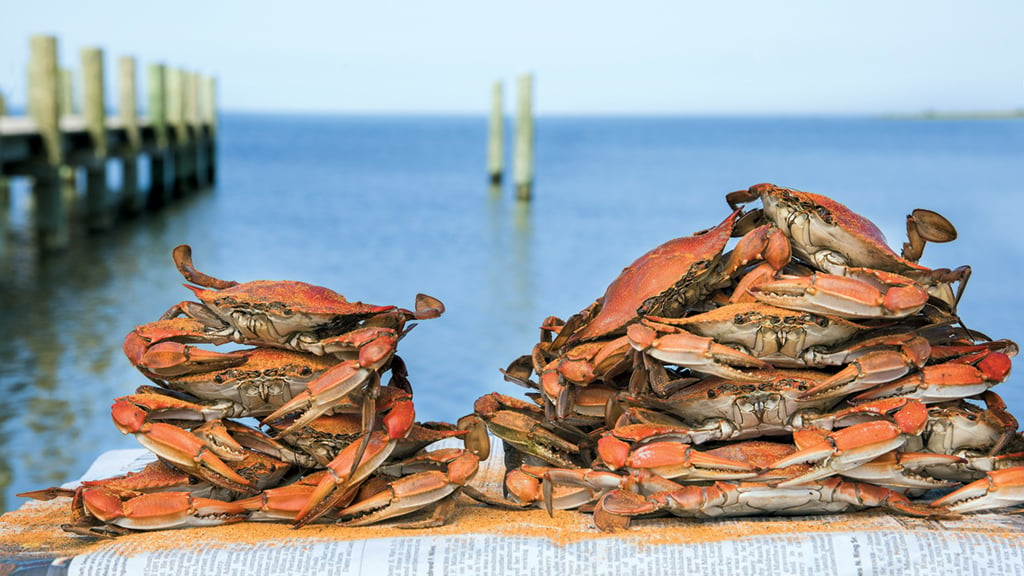The massive cuts the White House has proposed to the EPA’s budget could seriously damage to the Chesapeake Bay restoration plan. The proposal would reduce funding for the bay cleanup’s funding by about 93 percent, the Washington Post reports.
The plan, announced early in the Obama administration, set a goal of cleaning up the bay by 2025 by requiring states to control pollution that entered the estuary. The Chesapeake Bay Program is a regional partnership that leads and directs the cleanup, restoration, and protection of the bay and its rivers and streams. It partners with a host of federal and state agencies, local governments, nonprofit organizations, and academic institutions, including the Chesapeake Bay Commission, the EPA, and the Chesapeake Bay Foundation.
Chesapeake Bay Commission executive director Ann Swanson says she isn’t sure yet exactly which parts of the program would be hit hardest if these cuts took effect, but says the overall damage would be devastating. “As I understand it, the proposal will gather comment and what I expect is they will learn that taking the Chesapeake Bay program from a $73 million program to a $5 million program will destroy the partnership that has been celebrated not only by water advocates worldwide, but also by administrator Pruitt in his own confirmation hearing,” Swanson says.
During a confirmation hearing for his appointment as EPA administrator, Scott Pruitt told United States Senator Ben Cardin of Maryland that he would support the EPA’s role in the program. In the past, Pruitt has opposed the EPA’s attempts to clean the bay. As Oklahoma attorney general, he signed an amicus brief, along with attorneys general in 20 other states, to oppose it in 2014. During the hearing, Pruitt commended the six states that joined together to address the Chesapeake Bay as part of the program.
Swanson says she isn’t critical of administrator Pruitt specifically, but of these potential cuts being what she calls a straw man proposal.
“What we need to do is come forward with the facts that help everyone understand that this program does not require a more than 90 percent cut in funding,” Swanson says. “The project cannot withstand and does not deserve this kind of cut.”



















